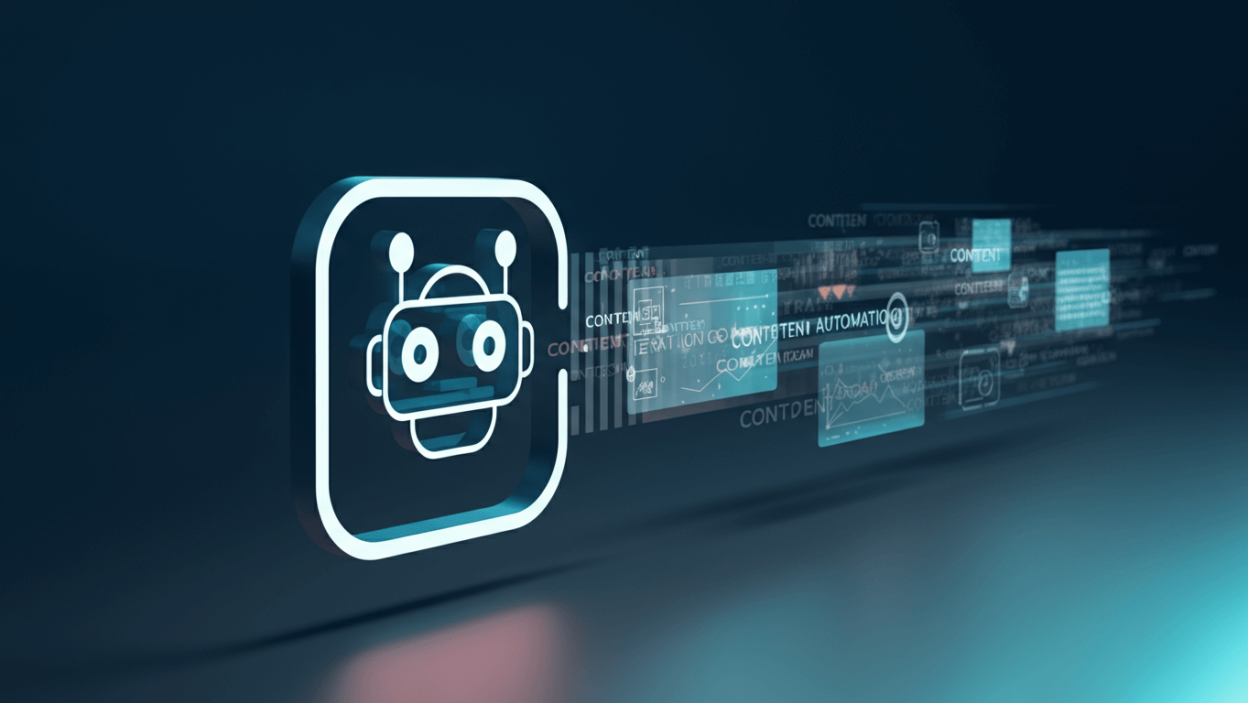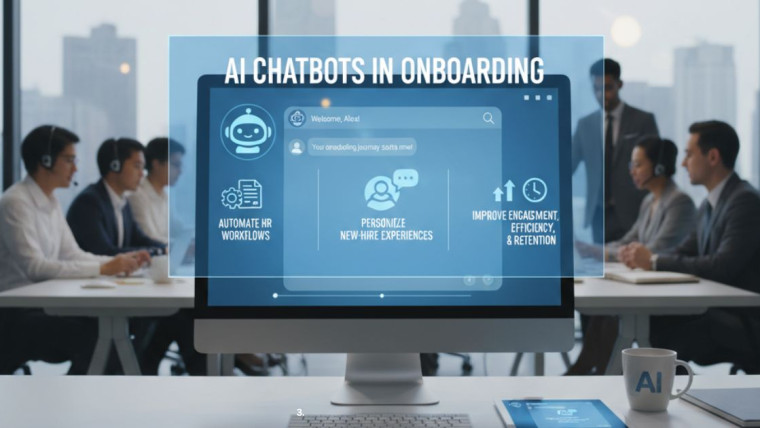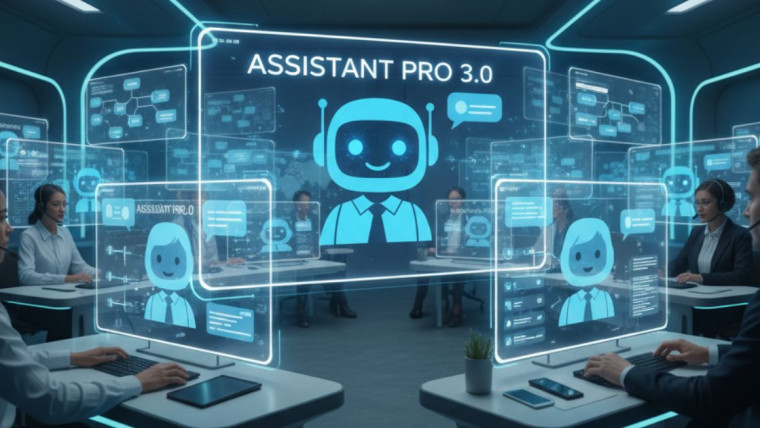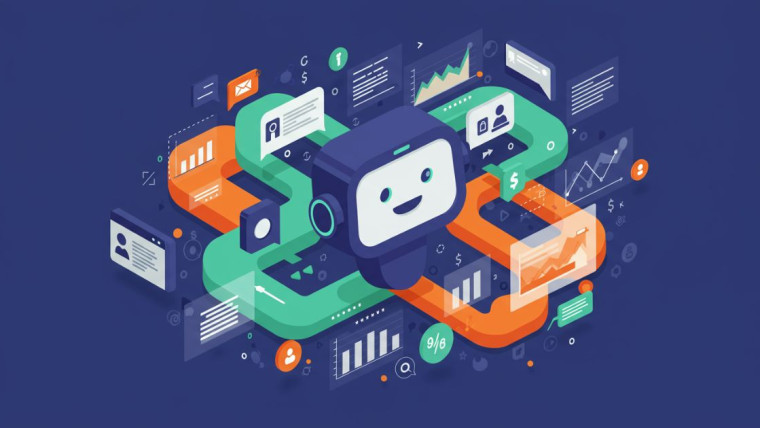Employers understand that clunky chatbots alienate customers and lose sales. When your AI chatbot provides incorrect product, price or service information, clicking that bot off is easy. The good news? This is where today’s AI chatbot content automation can help.
This tutorial shows you how to always have fresh content in your chatbot. You’ll discover real-world tactics to enforce data accuracy, elevate customer satisfaction, and eliminate the need for manual updates!
Why Updated Chatbot Content is Essential for Your Business
Your chatbot is an ambassador for your brand that works 24/7. When its information is out of date, which customers notice pretty quick. Here is what it looks like when chatbot content goes bad:
- Product details or prices are incorrect for customers
- There are more support tickets as people look for the right information
- When chatbots can’t respond to current questions, sales fall
- In most cases, brand reputations are tarnished due to bad customer experiences
Vibrant chatbot content will counteract that. Customers receive correct answers immediately, trust your brand more, and make purchases without friction.
Common Chatbot Content Problems

Static Information That Never Changes
Many chatbots are still pulling in hardcoded responses from months and years ago. Product catalogs evolve, but the chatbot continues to recommend out-of-date products.
Manual Update Processes
Teams spend hours a week trying to keep chatbot responses up to date manually. This isn’t scalable and leads to massive delays between the time a real change occurs and the time when the chatbot “learns” the change.
Disconnected Data Sources
Your website, inventory system, and CRM are still are up-to-date while chatbots fetch information from outdated databases.
Seasonal Content Gaps
Seasonal promotions and products as well as offers dated offers require on-going attention that manual processes can’t manage effectively.
Why AI Content Automation is the Future of Chatbots
AI chatbot technology is now directly tied to your business systems. Instead of canned replies, your chatbot can access up-to-the-minute information and provide updated answers.
Real-Time Data Integration
Modern chatbot content automation gets data from:
- Product inventory systems
- Pricing databases
- Customer relationship management (CRM) platforms
- Website content management systems
- Social media feeds
- Knowledge bases
Dynamic Response Generation
AI chatbots generate responses in real-time. When asked if a product is available, it checks your inventory system to provide precise stock details.
Automatic Content Refresh
Smart chatbot systems keep an eye on your data sources for updates. When you change product descriptions, prices, or policies, the chatbot automatically learns these changes.
Chatbot Content Update Automation Step-by-Step Guide

Step 1: Review Your Existing Content on Your Chatbot
- Include all topics that the chatbot can support.
- Identify information that changes frequently.
- Notice material that is frequently questioned by customers.
- Identify spaces where a chatbot can’t do what the customers want it to do.
Step 2: Link Your Data Sources
- Ecommerce Integration: Product catalog, inventory, and pricing database.
- CRM Integration: Answer based on customer history and preferences.
- Content Management: Website CMS for updates like blog posts and policies.
Step 3: Use Automated Content Workflows
- Set up regular data sync (hourly, daily, weekly).
- Real-time updates for important changes.
- Workflows for sensitive content approval.
- Alternate rules for source failures.
Step 4: Use Natural Language Processing
- Understand user phrases.
- Use Named Entity Recognition.
- Respond based on conversation history.
- Ask for clarification when needed.
Step 5: Test and Monitor Performance
- Test responses after content changes.
- Monitor customer satisfaction.
- Track resolution rate per question type.
- Analyze chat history for improvements.
Efficient Content Management for AI Chatbots
Keep Human Oversight
- Check automated changes before publishing.
- Audit chatbot accuracy.
- Maintain tone and editing quality.
- Handle complex/sensitive topics manually.
Organize Content Hierarchically
- Primary topics: Products, services, policies
- Sub-topics: Features, price differences
- Supporting info: FAQs, guides
- Contextual responses: Location, purchase history
Use Structured Data
- Consistent naming
- Metadata categorization
- Tag system for articles
- Standardized formats
Plan for Scalability
- Load-tested platforms
- Templates for content types
- Procedures for new data sources
- Modular content reuse
Tools and Technologies for Chatbot Content Automation
AI Chatbot Platforms
Content Management Systems
- Headless CMSs
- Knowledge bases (API-accessible)
- Digital asset management
Integration Tools
- Zapier (simple)
- MuleSoft (enterprise)
- Custom APIs
- Webhooks
How to Tell if Your New Chatbot Content’s Working
Customer Satisfaction Metrics
- Chatbot CSATs
- NPS scores
- Customer effort scores
- Feedback ratings
Operational Metrics
- Response accuracy
- First-contact resolution
- Conversation length
- Human agent escalation rate
Business Impact Metrics
- Conversion rate
- Customer retention
- Support cost reduction
- Revenue from chatbot recommendations
What’s Next for Content Automating Chatbots
Advanced AI Capabilities
- More contextual nuance
- Support for complex queries
- Personalization by user behavior
- Voice/device integration
Predictive Content Updates
- Predictive content needs
- Auto-generation for new services/products
- Prevent knowledge gaps
Multi-Channel Consistency
- Unified messaging across channels
- Consistent customer profiles
- Seamless handoffs between bot/human
Start Auto-Producing Your Chatbot Content Now
AI chatbot content automation is essential for customer service competitiveness. Businesses that keep their bots updated win more customers and improve relationships.
Begin with a basic content audit. Identify volatile data and areas causing customer confusion. Integrate your chatbot with your most accurate data sources.
Start small with a few streams. Test, monitor, and expand. When executed right, chatbot content automation boosts experience, reduces costs, and increases sales.
Remember: AI + human insight = the best chatbot content experience.








Chatbots for Customer Retention: How AI Improves Loyalty and Reduces Churn
Transforming Employee Onboarding with AI Chatbots: A Step-by-Step Guide
Emergency Response Chatbots: Revolutionizing Crisis Management with AI
Revolutionizing Recruitment: How Chatbots Streamline Hiring Processes and Elevate Talent Acquisition